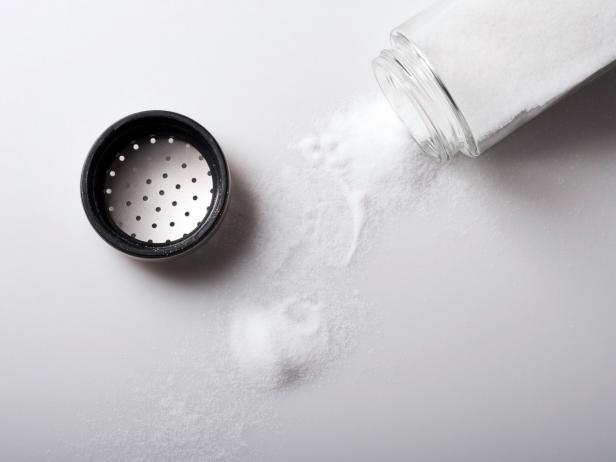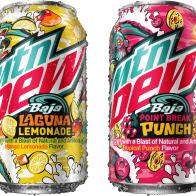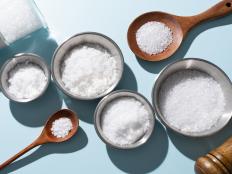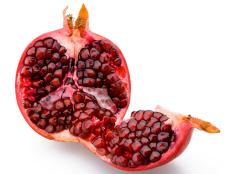Nutrition News: Food Companies Cutting Back on Salt

Jupiterimages
Most folks know that Americans are eating too much salt. But did you know that food companies around the globe are launching initiatives to reduce the amount of salt put in their products? The good news: our food can use a salt reduction. The bad news: It’s not just as simple as using less salt. Get the facts and weigh in.
A diet high in salt can aggravate high blood pressure and contribute to heart disease, strokes, and kidney disease. According to the Center for Science in the Public Interest, reducing sodium consumption by 50 percent would not only save 150,000 lives each year, it would slash health care costs by 1.5 trillion dollars (yes, trillion!) over the next two decades.
While some of us may get a little over zealous with the salt shaker in the comfort of their own kitchen, more than 75-percent of the salt eaten comes from processed foods and foods prepared outside the home.
Now, the body does need some salt – just not as much as most people tend to take in. Read more about how much the body needs and other ways to cut back in your own diet.
Large food companies such as Starbucks and Boar’s Head are voluntarily cutting the sodium content in their products by 25 percent over the next 5 years. Food giants like Kraft and ConAgra, Heinz, General Mills, Unilever and PepsiCo. are launching similar initiatives that range from a 15 to 25 percent reduction spread out over the next 5 to 10 years.
Many companies have already started to gradually reduce the amount of sodium in their products in the hopes that you won’t notice it. Other food manufacturers are playing with their recipes and adding salt-free seasonings to boost flavor in lieu of salt. On the other side of the spectrum, food chemists are busy at work trying to discover new ways to get the benefits of salt (flavor, texture, and preservation) without actually using salt.
Another hot concept is to replace some of the regular salt (sodium chloride or “table salt”) with sea salt (salt derived from evaporated sea water) -- you may have seen commercials for Wendy's new sea salt fries or Progresso's sea salted soups. In some cases, using sea salt may reduce the total sodium count, but not always. Since sea salt can be found in a variety of flavors and textures (even where it is derived from can affect the sodium content), the amount of sodium per teaspoon can vary. So it’s best not to assume that every product seasoned with sea salt is automatically lower in sodium. As always, check labels to know for sure.
Dana Angelo White, MS, RD, ATC, is a registered dietitian, certified athletic trainer and owner of Dana White Nutrition, Inc., which specializes in culinary and sports nutrition. See Dana's full bio »
































